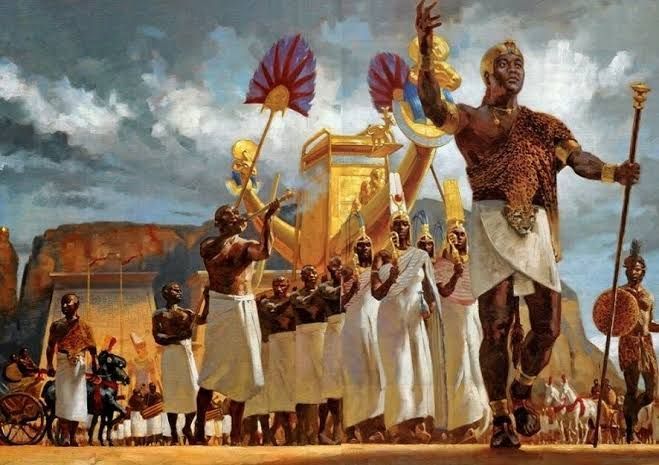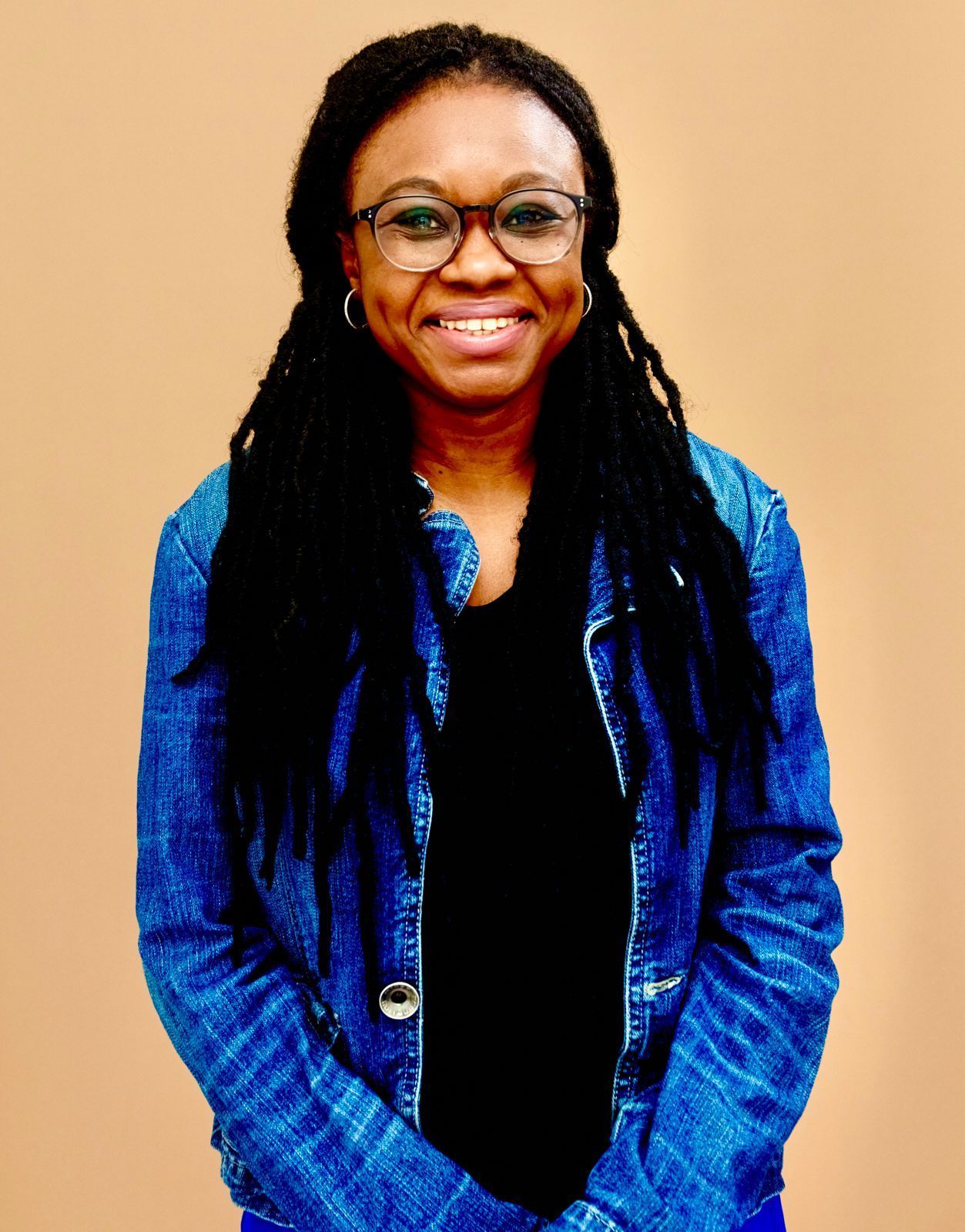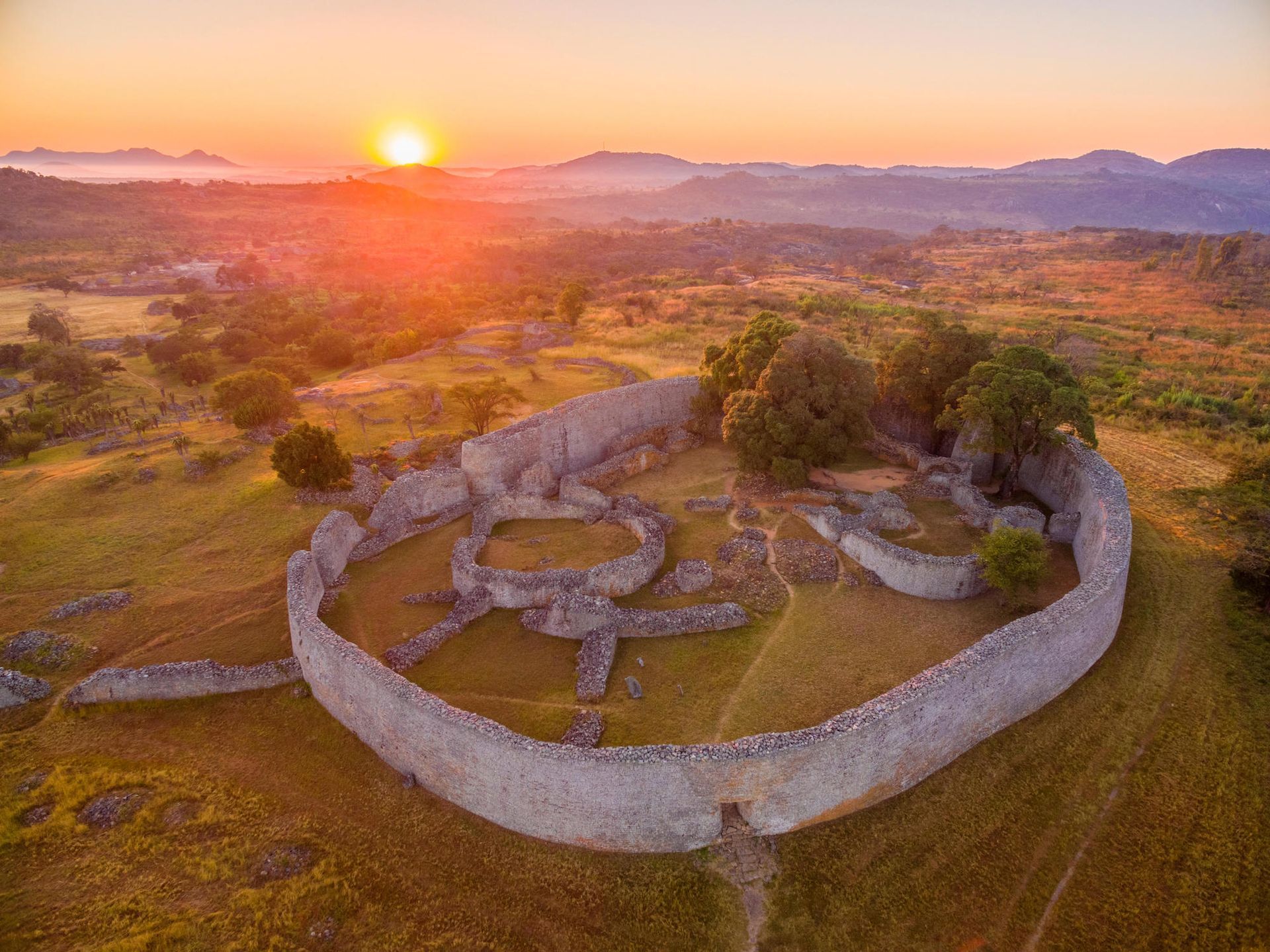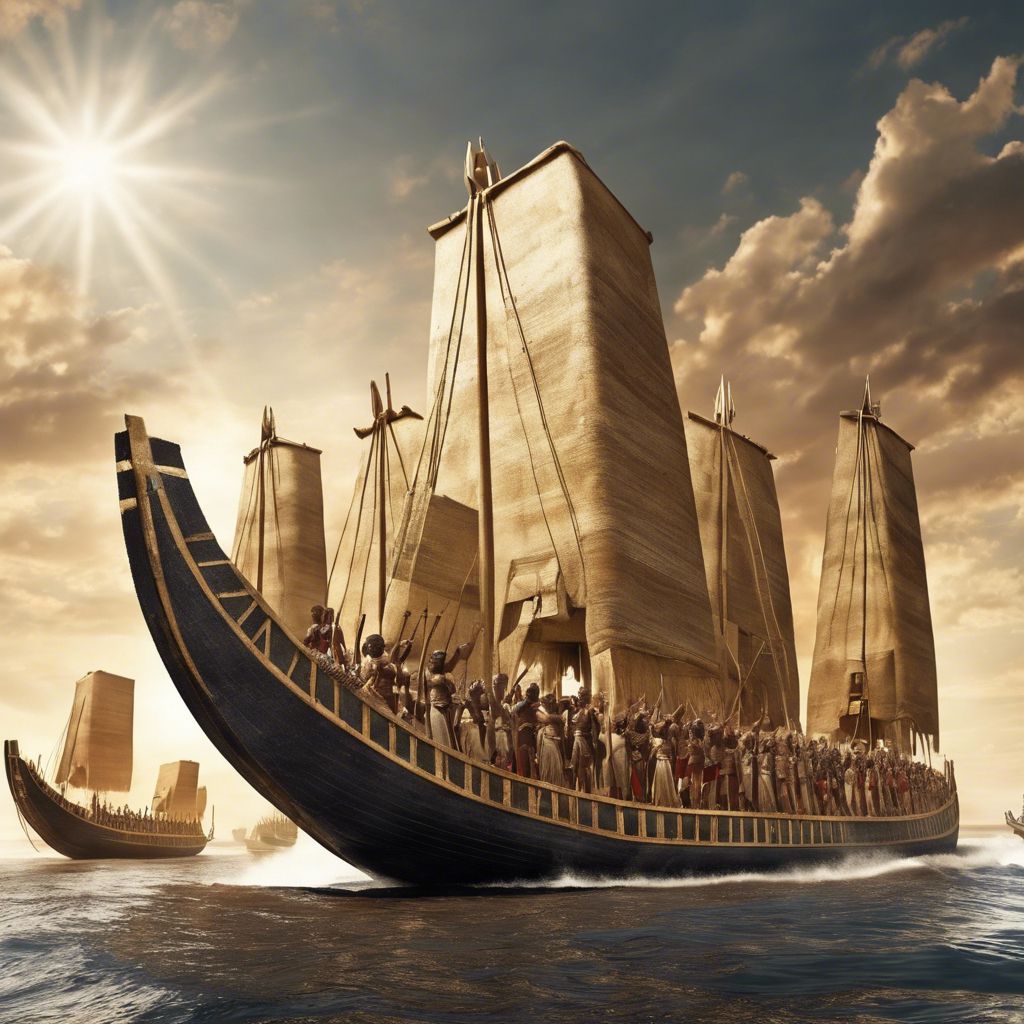NEW "Meroë: The Iron Capital of the Kingdom of Kush"
Written By: Aida Kane - Freelance Journalist

When the Roman governor of Egypt, Gaius Petronius, was notified that Kushite troops had raided the Nile islands of Philae and Elephantine, he knew that he must take drastic measures to regain control of the Egyptian islands. Kush had been a thorn in Egypt’s side throughout the first century BC. Knowing their capabilities, Gaius Petronius mobilized 10,000 infantry and 800 cavalry to regain the Southern frontier that Augustus had established between Kush and Egypt.
The Kingdom of Kush, known today as Sudan, revolved around its capital city, Meroë. In Book Two of Histories, Herodotus describes the Nile River, its traveling routes, islands and inhabitants. He describes his route on his way to Meroë: “Near the island is a vast lake (on whose margins Ethiopian Nomads live) which you have to sail across to rejoin the Nile, which flows into this lake. At this point you leave your boat and travel by foot by the side of the river for forty days, because there are sharp rocks sticking out of the water and a number of reefs which are unnavigable. Once you have spent the forty days passing through this region, you take another boat and twelve days of travel will bring you to a big city called Meroë, which is said to be the capital city of all Ethiopia.”
Beyond the testimony of the Greek historian, there is much that is unknown about the city of Meroë. From 590 BC to 350 AD, it was the capital of the Kingdom of Kush and, as Egypt was well into centuries of decadence, Meroë became a culture carrier of the Sudanese Civilization. As a major economic center for iron smelting, Meroë’s power rivaled that of the Libyco-Berber states of Carthage and the cities of the southern tip of Arabia. According to historian Basil Davidson, it’s reasonable to presume that by the first century BC, Meroë was the largest iron smelting industry in Africa, south of the Mediterranean coast. With this metallurgical power came the production of weapons, tools and a variety of trade goods that made their way to lands both south and west of Kush. With its vital interregional role, Meroë played a similar role to what Mediterranean superpowers played for Northern Europe. Moreover, imported goods from Meroë reached China, India, Rome and Greece.
The economic benefits of the iron activities were seen in the elevation of countless palaces and temples. Today, their ruins still stand. The most notable of them all is the Temple of Musawwarat es-Sufra. According to Davidson, it was built between the first century BC and the first century AD. As for the Kushite pyramids, those of Meroë served as cemeteries for the monarchs of Kush. Despite being overshadowed by the popularity of the Egyptian pyramids, they are nevertheless awe-inspiring, mystical and timeless.

Blog



